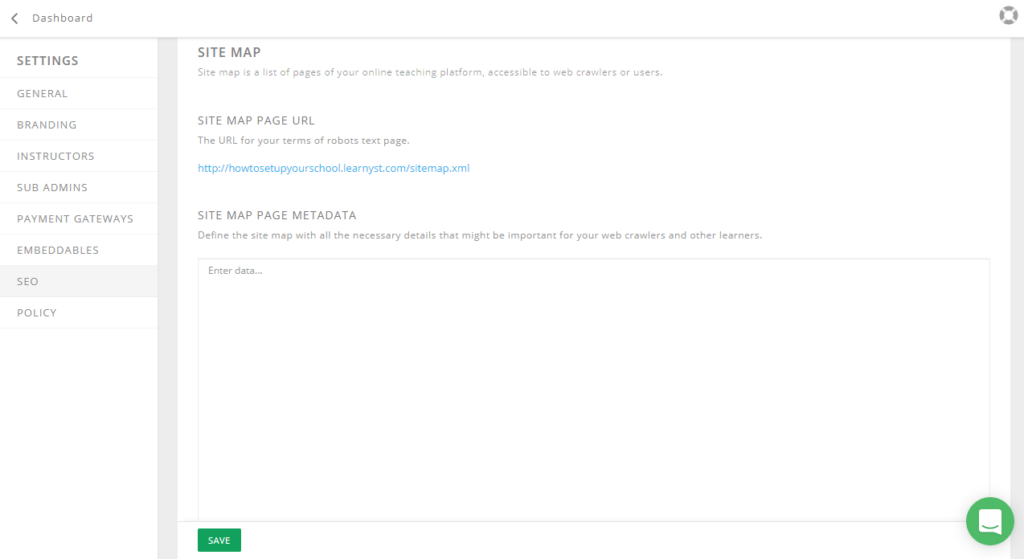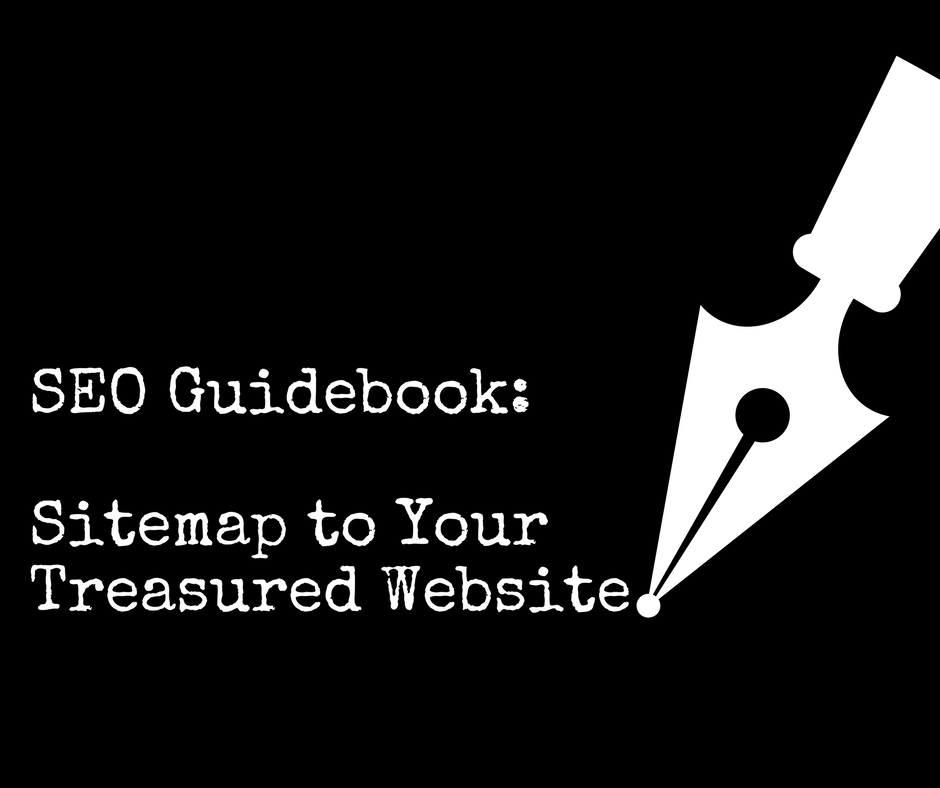SEO Guidebook: Sitemap To Your Treasured Website
- August 16 2017
- Ranjan
What do we talk about when we talk about SEO? Well, sorry to Raymond Carver for tinkering with the name of one of his famous novels. But seriously, what do we talk about when we talk about SEO guidebook?
Actually, there are a lot of factors that influence a better SEO for your site. But the key factors are meta key words, meta description, site map, link building. So we have already discussed meta keywords and meta description (Click here if you have missed it). So that brings us to the second most important factor, SITEMAP.
SEO Guide: How a Sitemap Enhances Your Website's Visibility
So, if you are new to the whole SEO guidebook, you might ask, what is a Sitemap? To put it simply sitemap is the directory of your website. Think of your website as a city and web pages are the different parts of the city. Now a new traveler (web crawlers) comes to your city who heard about your city recently but has no idea, what so ever, about the city. So the good idea is giving them a list of places that hold some sort of importance and the places s/he should be visiting first.
Now it is the same scenario when it comes to SEO. If you have started a website recently, the sitemap is important because Google ranks web pages, not just websites. So the bot crawlers will crawl your web pages and index them for search engines. This helps when someone searches for contents related to your website, as your site can then have the potential to rank better for SEO.
How To Create A Sitemap
There are two prominent ways of creating a sitemap. One is the old school way, where you ask your development team to generate an XML version of your sitemap and add it to your “/sitemap” web page. But if you don’t have a development team working for you round the clock, you can still have your sitemap. Nowadays there are many third party websites that help you create a sitemap just at a tap of your finger. All you have to do is enter your website URL in the given box and ask them to generate the XML file.
Sitemap Best Practices
Though it is relatively easy to generate a sitemap in 2017, there are still a few points that you should be keeping in your mind as these will help you stay ahead of the competition.
- Add crawl frequency in the sitemap. Crawl frequency decides how frequently the bots should crawl your site. If it is a site that you update every now and then, then the best idea is to set a crawl frequency as ‘Daily’. That way the crawl bots will be crawling your site on a daily basis and for any change that you make will be indexed really soon.
- Use canonical if you have different URLs for the same page. It is important because otherwise, the bot will consider the content of the web pages as duplicated and will negatively impact your SEO ranking. This can be avoided by adding rel=”canonical”
- Prioritizing your web pages is also necessary. Obviously, there will be plenty of pages in your web site that you think, crawls should not index, like the log in page or sign up page or your support base. So you can restrict that by putting a priority on the web pages. You can set the priority on a scale of 0-1 and all the fractions in between can be used.
Adding Sitemap to Your Online Teaching Platform
Being an LMS, Learnyst understands the need of adding a sitemap to your online teaching platform. Because it will put you ahead of the competition. So we have simplified the process of adding a sitemap. In your admin settings, under the SEO tab, you can easily add the sitemap. This will help you boost your website SEO. Don’t believe me? take a look below,



Leave your thought here